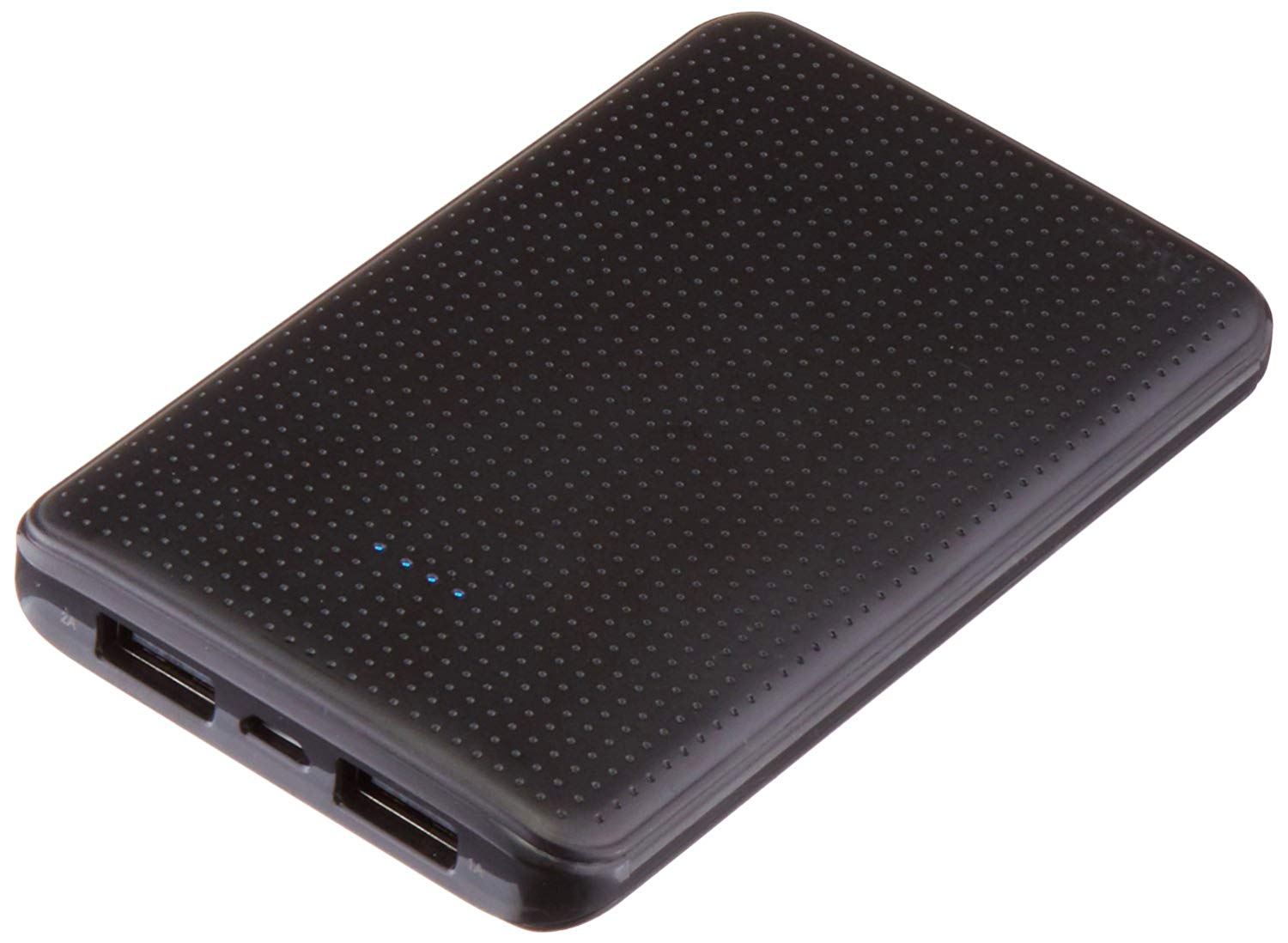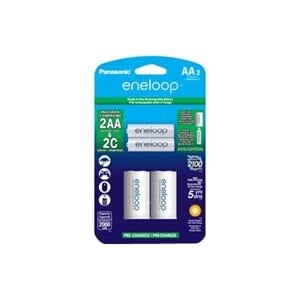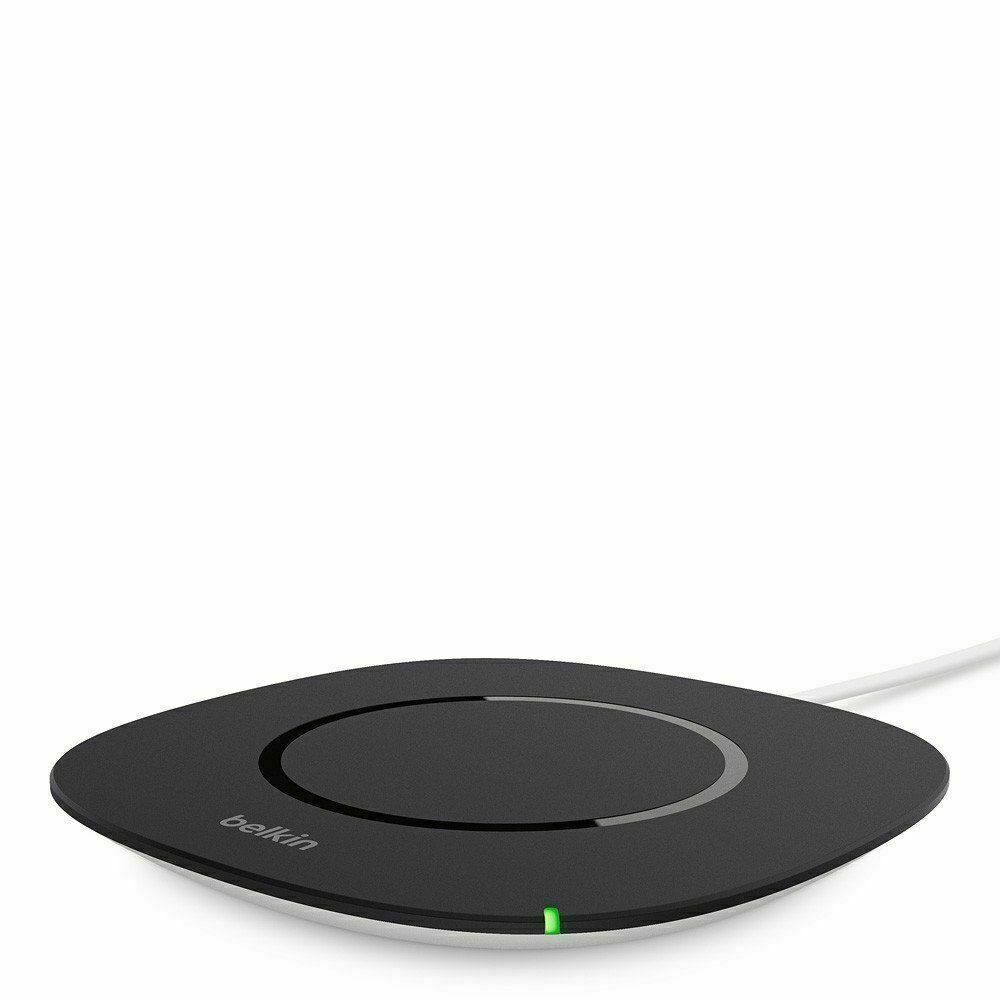Do you need to know your PC specs and OS information? In this guide, we'll show you four ways to perform this task on Windows 10.
If you use a desktop, laptop, or tablet, understanding the hardware and Windows 10 information can come in handy in many scenarios. For instance, when you're about to install a piece of software, but you're not sure if it'll run with the current configuration. If the device stops working, and you need to troubleshoot the problem. Or you're noticing system performance issues, and you want to check if the hardware is due for an upgrade.
On Windows 10, you can check the device specifications, including Basic Input/Output System (BIOS) or Unified Extensible Firmware Interface (UEFI) firmware, model number, processor, memory, drives, graphics, OS version and updates in several ways. However, depending on the method you use, the properties available could be slightly different.
In this Windows 10 guide, we walk you through the steps to check the full list of your device hardware and software specifications.
- How to check computer specs using Settings
- How to check computer specs using System Information
- How to check computer specs using Command Prompt
- How to check computer specs using PowerShell
How to check computer specs using Settings
To check some of the basic tech specs, such as processor, memory, and the current version of Windows 10, you can use the Settings app to view this information with these steps:
- Open Settings.
- Click on System.
- Click on About.
Check the Device specifications section to find out the device name, processor, installed memory, system architecture, and if the device includes support for touch and pen.
Check the Windows specifications section to determine the edition of Windows 10 (Home, Pro, Enterprise, or Education), version number, the date when the feature update was installed, and the current build number (the number after the period indicates the quality update version).
Once you complete the steps, you'll have a clear understanding of the basic specifications of your device.
How to check computer specs using System Information
You can also use the System Information tool, which has been around for a long time and is one of the best ways to get a complete overview of your PC specifications.
To view all the computer specifications, use these steps:
- Open Start.
- Search for System Information and click the top result to open the app.
Select the System Summary category from the left pane.
- On the right side, check the computer specs, such as system model, system type, processor, BIOS or UEFI details, including the last firmware update date, and installed memory.
(Optional) Expand the Components branch and select the Display option to view the graphics card information.
After you complete the steps, you'll have a detailed view of your computer specs.
If you're looking for a specific property detail, the System Information tool offers a search option at the bottom of the page to quickly find the information you need.
Creating a system specification report
Another useful feature using System Information is the ability to create a full report of your computer specifications that you can save for later viewing or share with technical support.
To create a report of your computer specs, use these steps:
- Open Start.
- Search for System Information and click the top result to open the app.
Select the specifications you want to export.
Quick tip: Selecting System Summary will export everything, but if you only need to export the graphics card details, you can simply select Display.
- Click on the File menu.
Click the Export option.
- Select the location to save the file.
- Type a descriptive name for the report. For instance, "Computer specs Windows 10".
- Click the Save button.
- Open the folder containing the exported information.
Double-click the text file to view all the system information.
After you complete these steps, the report will be saved into a text file, which you can then open with any text editor, included using Notepad.
How to check computer specs using Command Prompt
Alternatively, you can also use the System Information tool with Command Prompt, which allows you to view even more details about your computer.
To see the full specifications of your computer with Command Prompt, use these steps:
- Open Start.
- Search for Command Prompt, right-click the top result, and select the Run as administrator option.
Type the following command and press Enter:
systeminfoQuick tip: You can also run the
systeminfo /?command to see the available options using this tool with Command Prompt.
Once you complete the steps, the command output will display all the information about the hardware and software of your device, including details like Windows 10 and update information, system architecture, BIOS or UEFI firmware, RAM, and network details.
How to check computer specs using PowerShell
To use PowerShell to check the full specifications of your device hardware and Windows 10, use these steps:
- Open Start.
- Search for PowerShell, right-click the top result, and select the Run as administrator option.
Type the following command and press Enter:
Get-ComputerInfo(Optional) Type the following command to view only specify hardware or software details and press Enter:
Get-ComputerInfo -Property "PROPERTY-NAME"In this command, make sure to change PROPERTIES-NAME for the details you want to view.
For example, the following command will display everything regarding the BIOS information:
Get-ComputerInfo -Property "bios*"
After you complete the steps, the PowerShell command will output a full list of the OS and hardware information.
If you want to save the output of the PowerShell or Command Prompt commands to a text file, you can use this guide.
More Windows 10 resources
For more helpful articles, coverage, and answers to common questions about Windows 10, visit the following resources:
- Windows 10 on Windows Central – All you need to know
- Windows 10 help, tips, and tricks
- Windows 10 forums on Windows Central
Portable (and affordable) power accessories we love
Each and every one of these charging gadgets will keep your favorite gear and gadgets going for longer, and none of them costs more than $30.
VisionTek 8,000 mAh micro-USB power bank
This compact dual-output powerbank can speedily recharge any and all your devices, thanks to a two-amp "fast charge feature," using its micro-USB out port. Its simple design includes an LED indicator, and it costs about as much as a single ticket to the movies.
Panasonic eneloop AA batteries
Panasonic's rechargeable batteries are among the best available, and just a couple of them will keep your favorite remote, mice or other peripherals powered up when you need them. They're also eco. And the company's affordable charger fits and charges both AA and AAA batteries at the same time.
Belkin Qi Wireless Charging Pad
This unobtrusive Qi wireless charging pad looks good (and kind of like a UFO …) and easily charges all your Qi-compatible device up to 5W. Its LED indicator lights up when you're charging. And it costs just $30.













